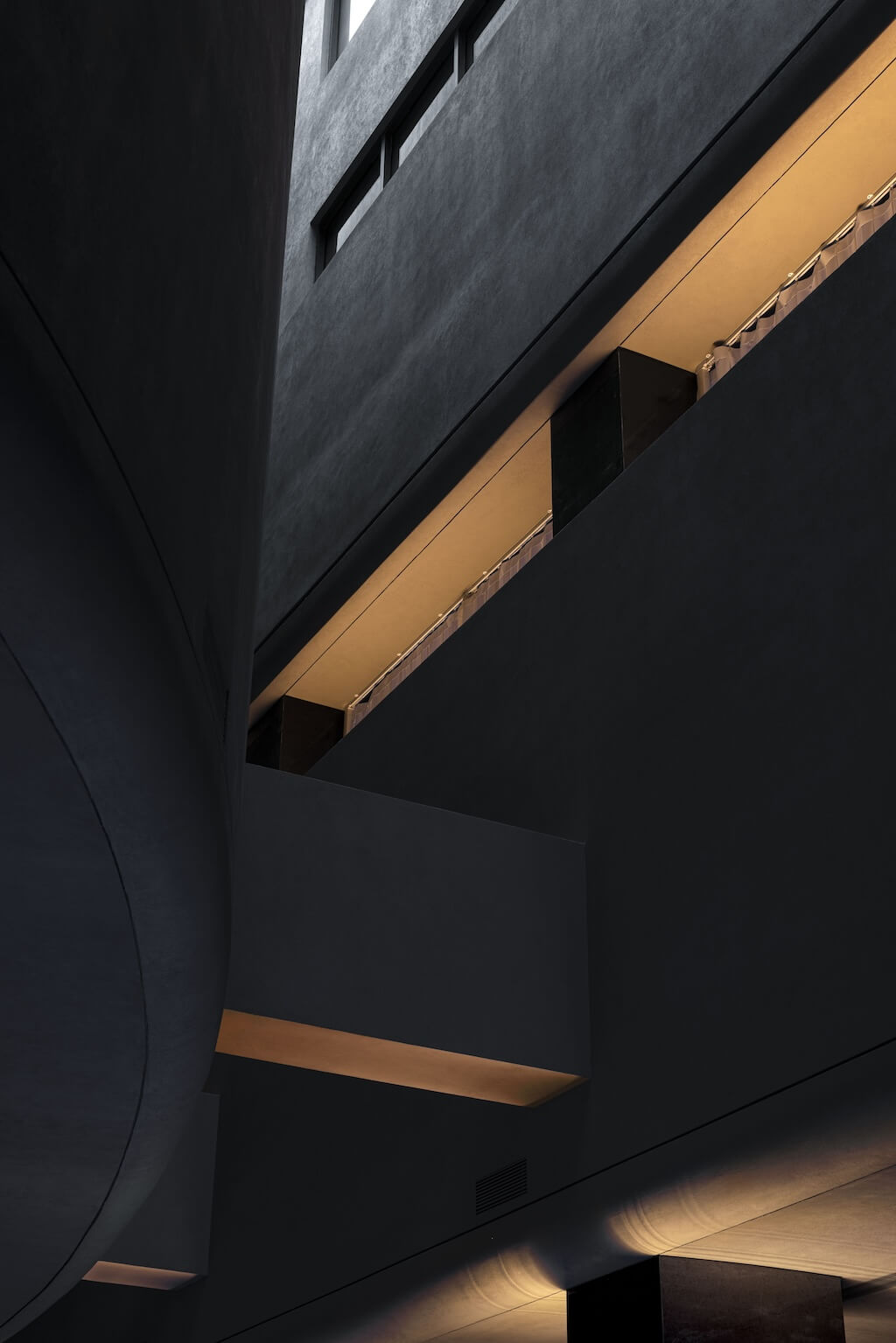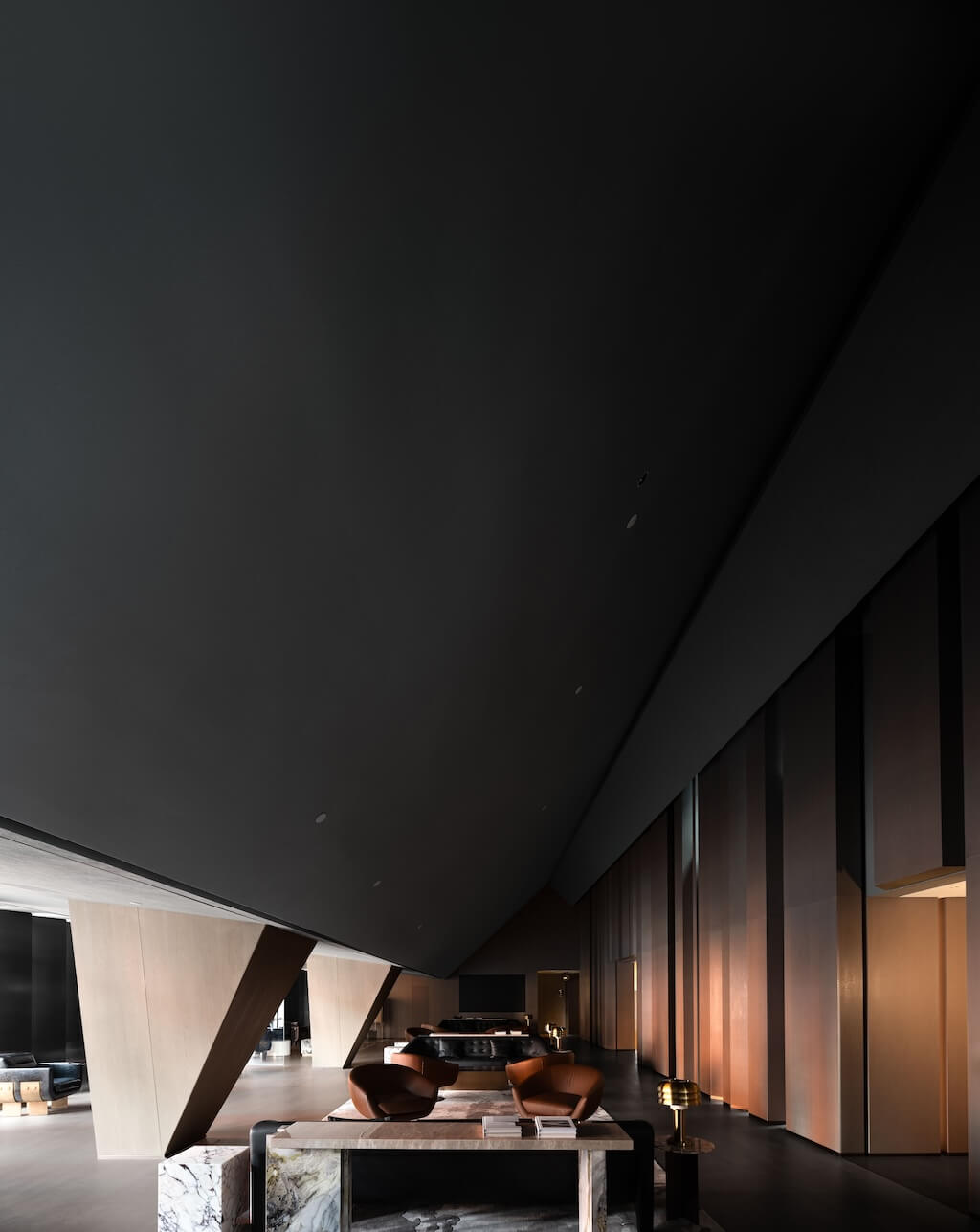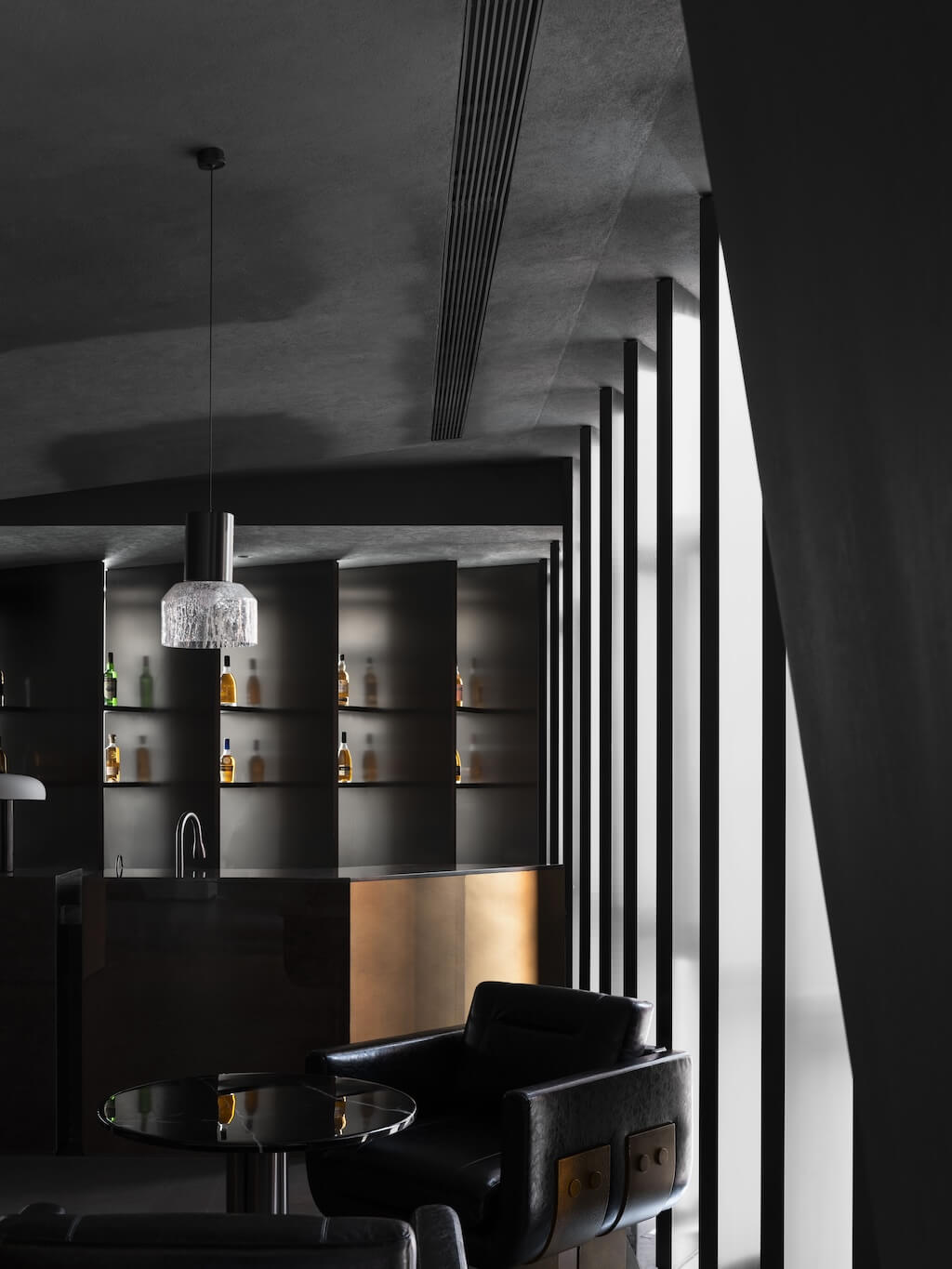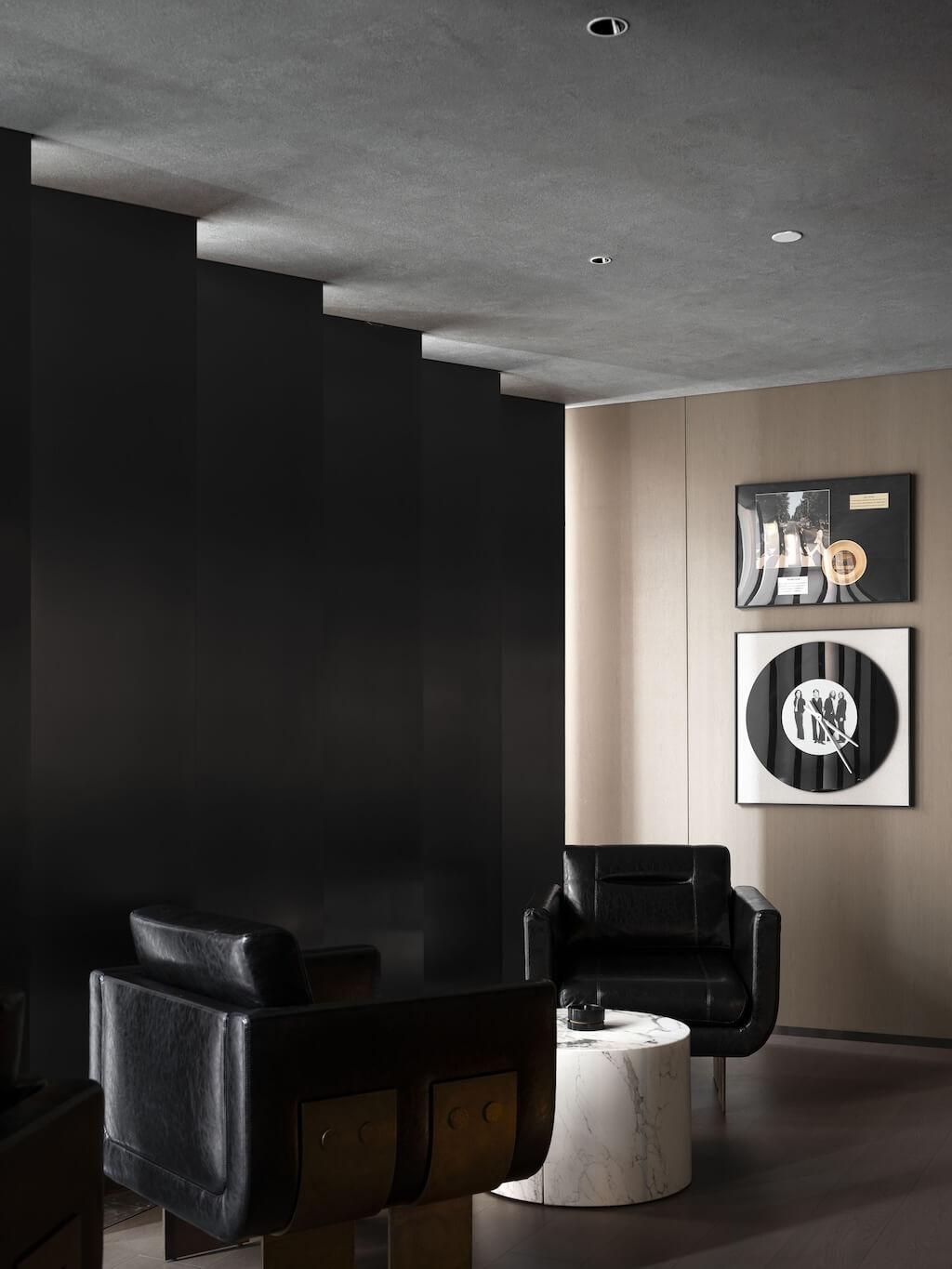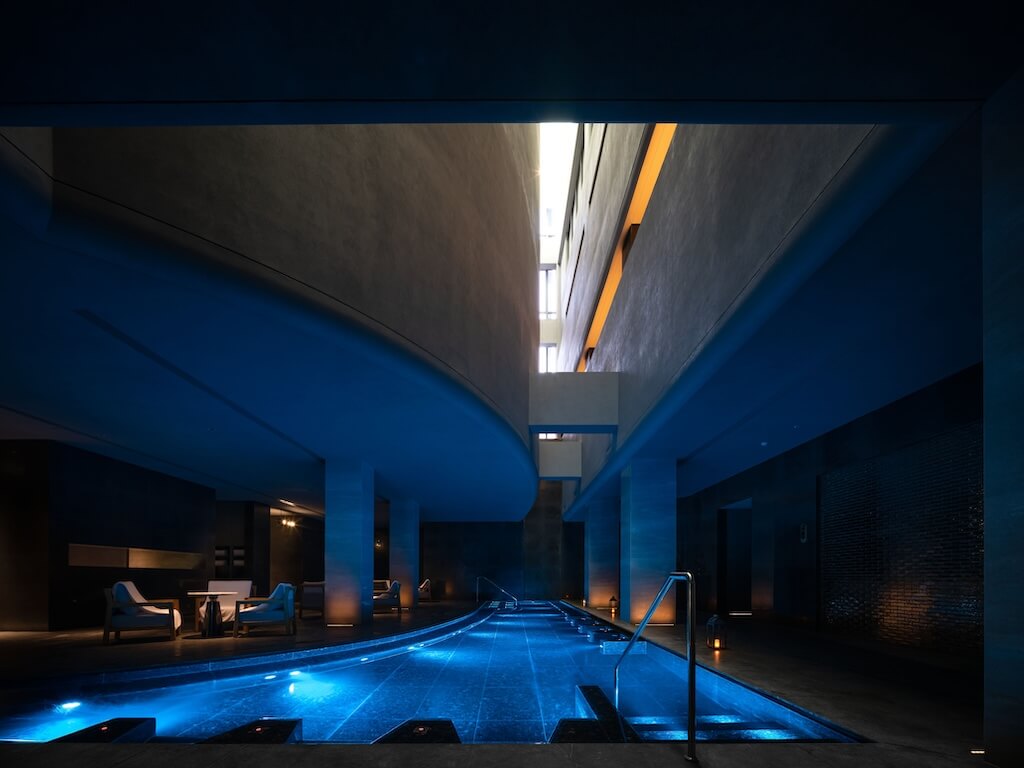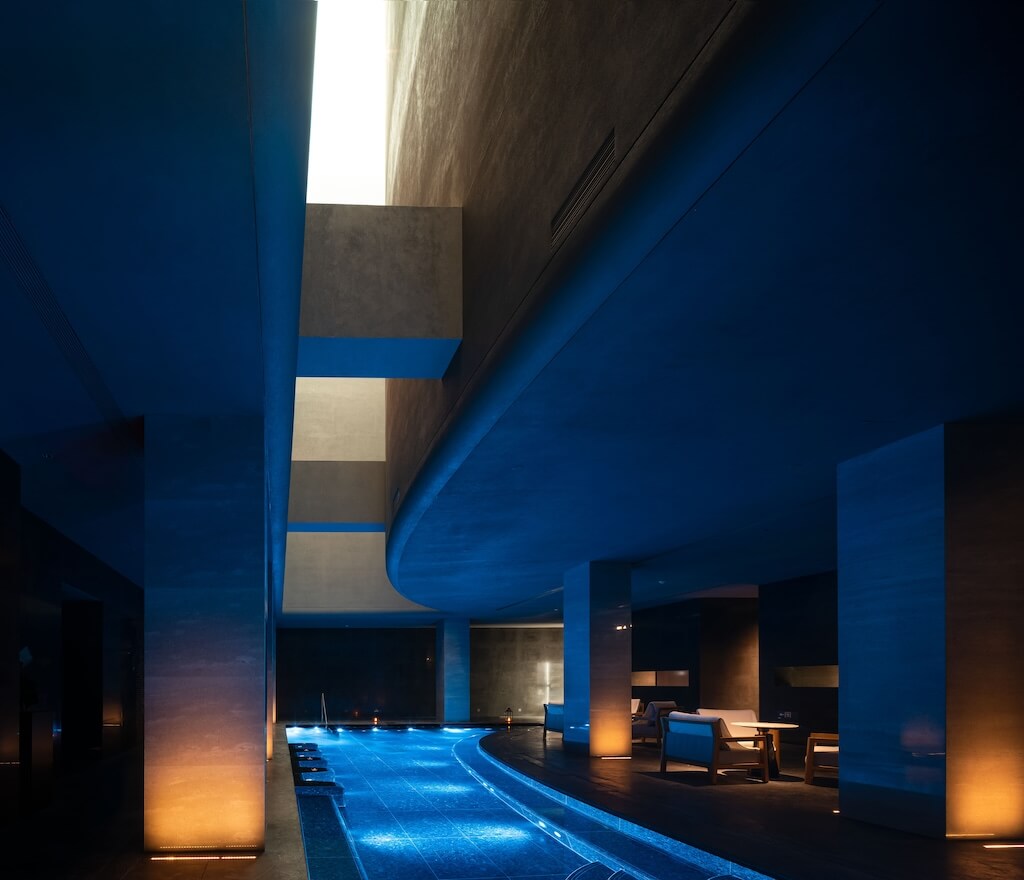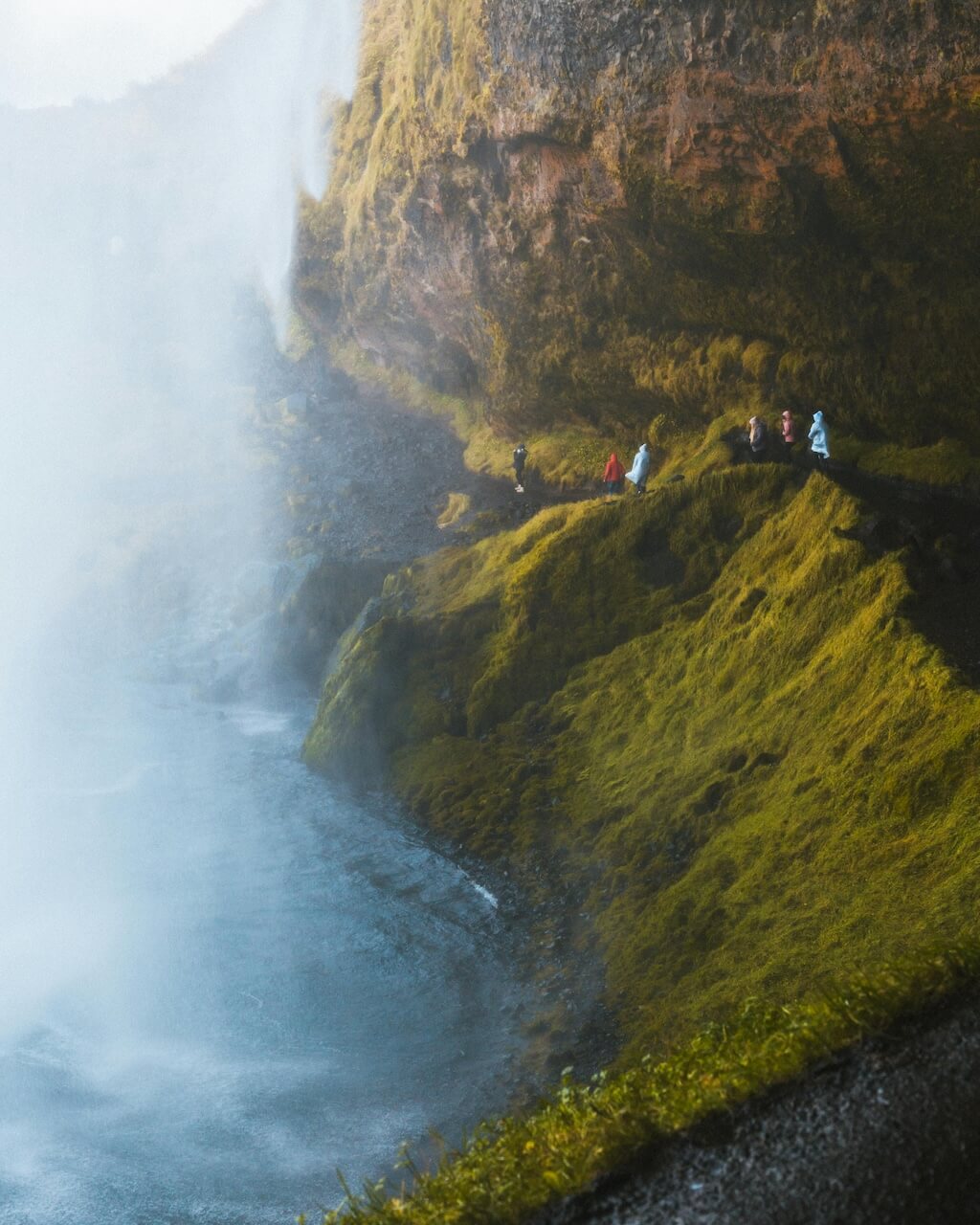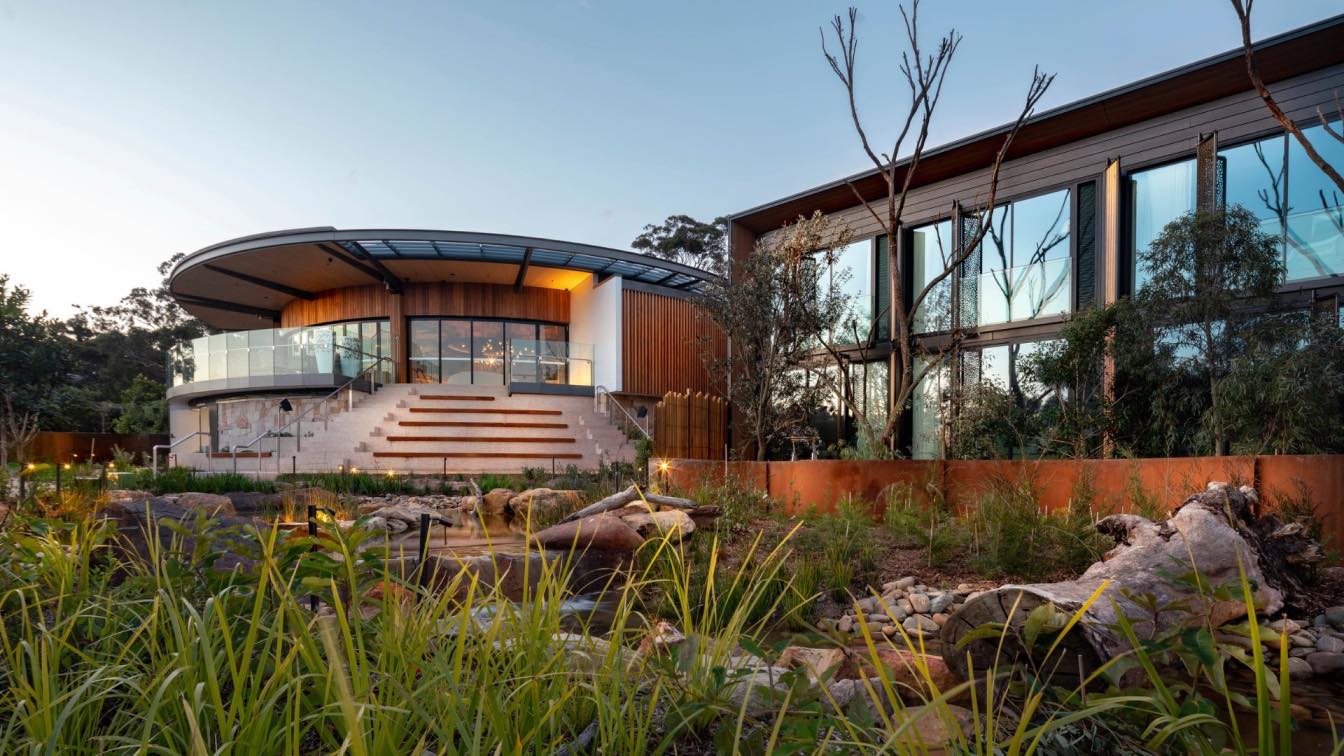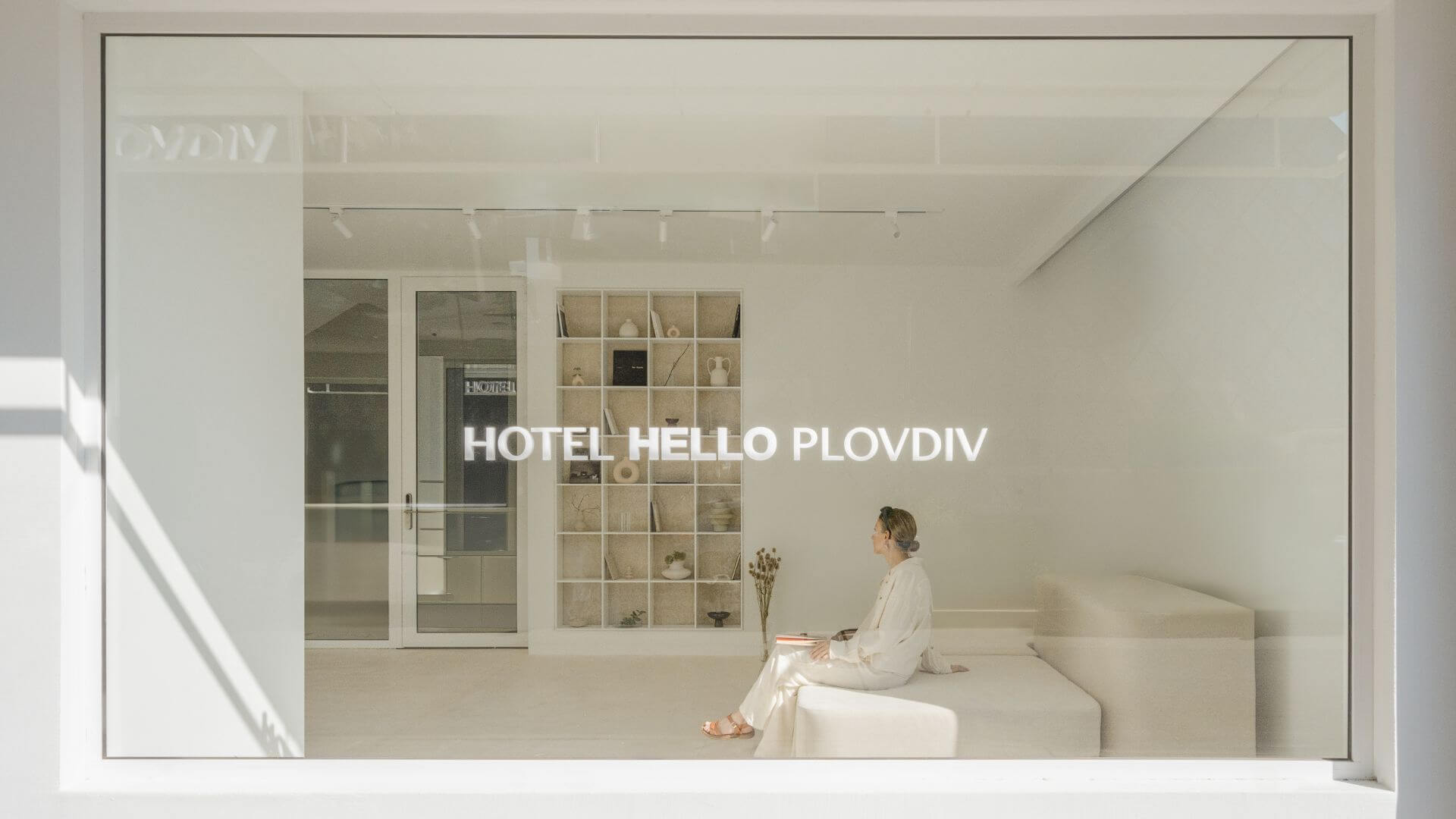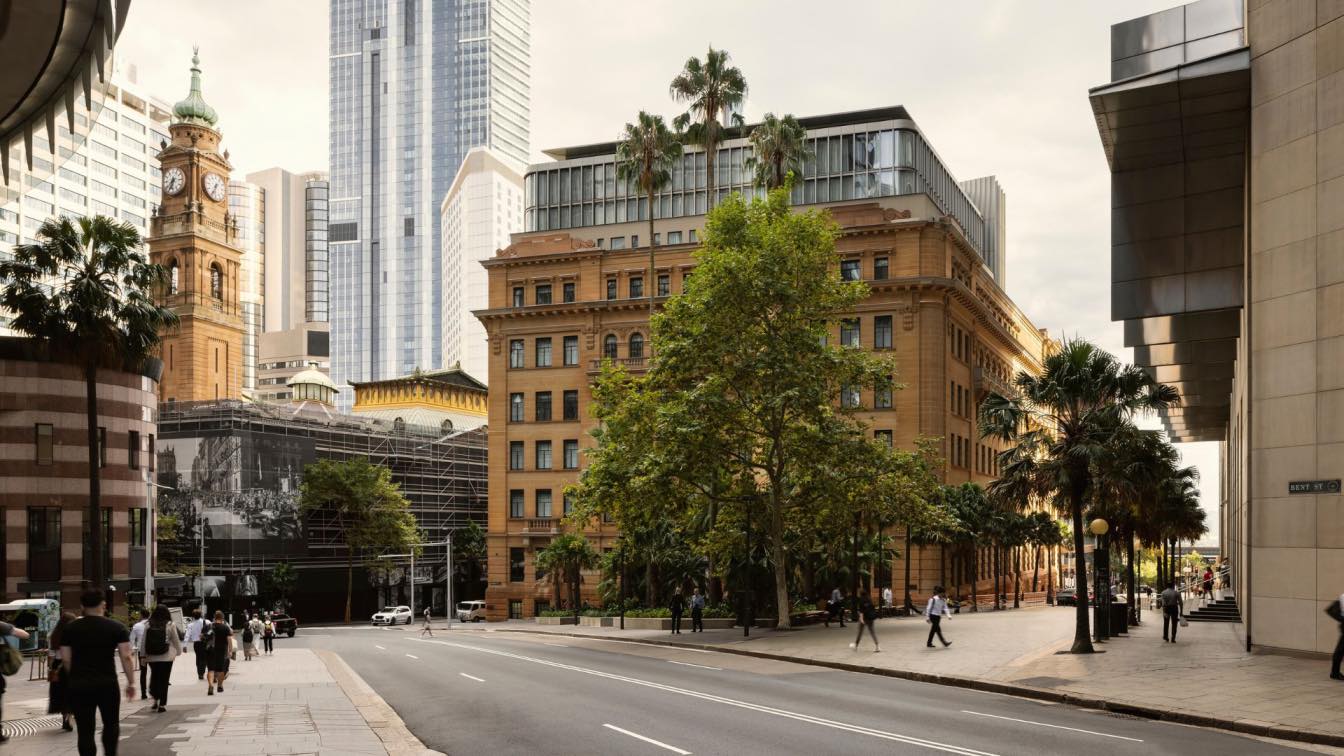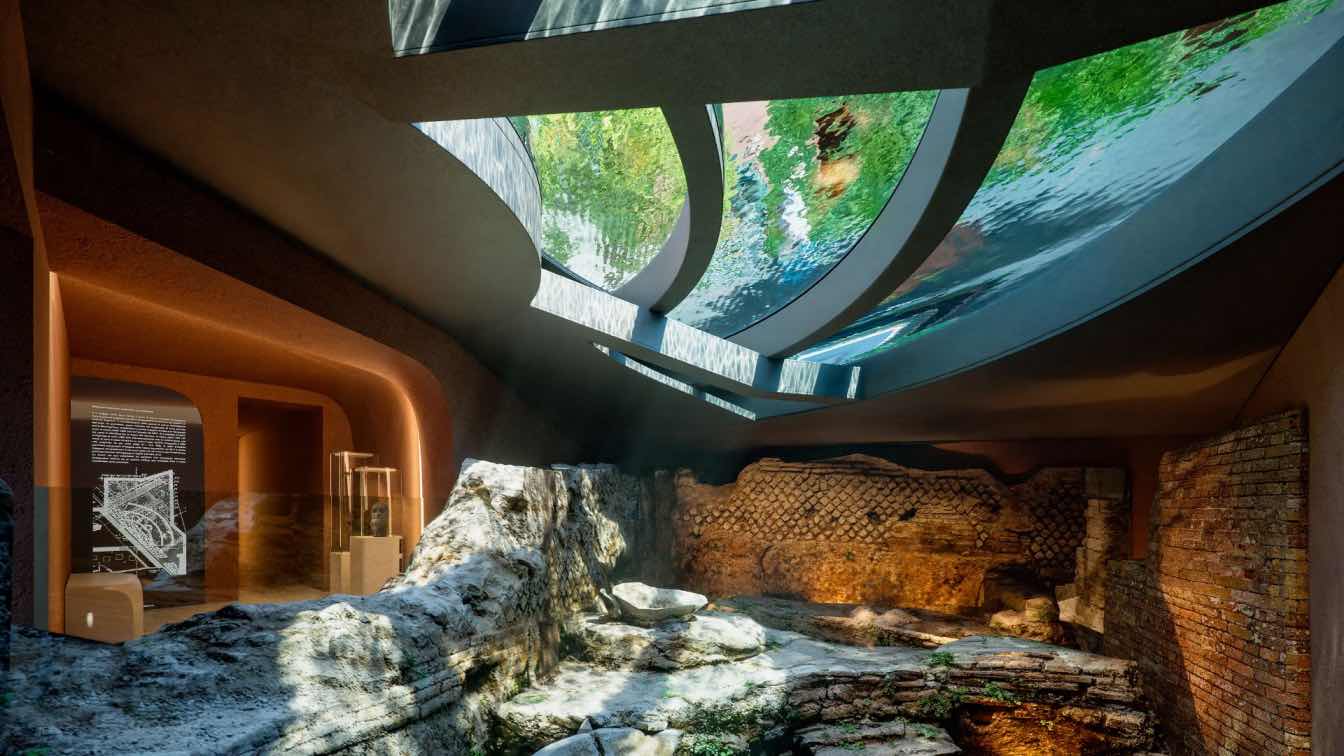"Every atom within the human body originates from stars that date back billions of years, as the stardust of the Big Bangforms the essence of our existence".
When we talk about “vacation”, it entails not only escaping in terms of space but also drifting through time: Departing from the ordinary and the tangible, journeying through space and time while gazing at the starlight, freely wandering among glaciers and oceans, art, and history—discovering serene happiness and lasting energy not amidst overwhelming sensory bombardment but in the connections between humans and nature, between the past and the future.
Embracing this perspective, DJX Design’s latest project—the Wuhan Qushui-Lanting Resort Hotel, themed around the geological concept of “deep time” —delves into the concealed history of the Earth spanning billions of years. From structure and texture to lighting design, it extols the expansiveness and enigma of nature through an architectural sense of order.
A Journey into Deep Time, A Projection from the Earth’s Past
Keywords: Deep Time This geological concept of time refers to the Earth’s “vertiginous extensive history,” measured in terms of epochs and eons.
When discussing deep time, thoughts of Scandinavian glaciers, rocks, volcanoes, and sea beds often come to mind. Deep time, transcending human metrics, extends into both the past and the future. Visions of “future ruins” are consistently accompanied by collapsed boulders in caves, untouched rough textures, and mysterious dim light. The design of the hotel lobby captures this atmosphere—a surreal moment where one can engage in a dialogue with the distant past and the future, momentarily disrupting the equilibrium of space-time. The tilted “rock wall” fractures into two pieces leaning against each other, creating a shelter for the service area. While the fallen debris naturally stacks up to form the reception desk.
The long, curved wall, reminiscent of weathered mountains and rocks, is grand in scale, heavy, rustic, and unadorned, emanating a sense of vicissitude. This gray volume, approximately four stories high, evokes the sacredness of religious spaces and Plato’s “allegory of the cave” when bathed in subtle daylight, displaying a serene and profound momentum. Vertical gaps of diverse sizes and shapes emerge between the “rock wall”, the curved wall, and the upper-level glass façade, allowing natural light to softly pour through. Subtle embedded light strips diffuse within, creating an atmosphere where strolling through the lobby is akin to experiencing the light and shadow artistry of James Turrell. Thus, the physical presence of time and light is manifested in sensory forms.

Interiorscape, Spatial Order in the Anthropocene
Keywords: The Anthropocene The Anthropocene, a geological epoch proposed in 2000 and comparable to the Cambrian, refers to the Earth’s most recent history, marked by global impacts on climate and ecosystems due to human activities.
The interior landscape is not merely a crude and fragmented replication of outdoor environments, but rather an abstraction and holistic organization of the primal “natural disorder” through the artificial “architectural order.” Beyond symbolizing a “reverence for the unknown nature” that the lobby embodies, this order often manifests itself in symmetrical forms, utilizing pure geometric symbols to create spatial sequences.
Navigating through the expansive hotel lobby, shadows cast by beam structures are neatly delineated. Suddenly, monumental concrete cylindrical structures stand juxtaposed with glass elevators, and at the end of the elongated and solemn tower, a skylight opens to reveal blue skies and white clouds. Similar to the geometric “rock wall” in the lobby, such “artificial” interfaces evoke both a sense of detachment and security, subtly guiding the flow and stillness of occupants.
In the second-floor restaurant, the emotive power of the space is intensified by “materializing” the light. Half-height walls define the path of light, precisely controlling its intensity and direction, as well as the room temperature. Simultaneously, the subtle illumination and the uneven but rhythmically placed “wall frames” acting as partitions create a more nuanced sense of intimacy and comfort.
This artificial yet natural atmosphere is exemplified on the third-floor lounge. Inverted cone-shaped colossal pillars resemble the black basalt rocks of Icelandic Hekla volcano, with dim light slantingly diffusing onto vertical louvers, creating an otherworldly scene. Narrow slits in the building facade cut natural light into directional slices, ethereally shifting like thin veils, as if whispering in silence. Light and form, touch and sound, holistically open up to all the senses simultaneously.

Social Wellness, A New Experience of Urban Vacations
Keywords: Social Wellness Reimagining “luxury” for urban resorts involves creating a sense of belonging and fostering meaningful connections through space design, thereby enhancing mental and physical well-being via shared social experiences.
In contemplating the design of urban resort hotels, the designers at DJX Design have been pondering a shift in preferences. In the past, people visited resort hotels primarily in pursuit of luxurious experiences and emotional relaxation. However, contemporary individuals seek to derive energy from tranquility and establish connections for a more balanced experience. The traditional elements of grand lobby bars, gyms, and standard room designs seem inadequate for the preferences of today’s Chinese vacationers.
Consequently, DJX Design has incorporated observations of current trends and regional cultures into their resort hotel designs. The inclusion of numerous elements of “social wellness” aims to promote meaningful social interactions and services within serene spatial experiences. Relaxing spa treatments, wellness activities, intimate conversations, moments of unwinding, as well as leisurely tea-drinking and fragrance appreciation, are seamlessly integrated into the design of guest rooms and spa areas.
Venturing through the tranquil corridors to the underground spa area, one’s restless emotions gradually subside. Natural light filters through four layers, permeating the clear and flawless spa area, creating a gentle watery ambiance. Sheltered under the low, elegant arched ceiling, next to the “open-air” warm-water pool resembling a blue hole, vacationers can serenely embark on a therapeutic journey, forgetting the passage of time.
Organic arched rock creates secure cocoon-like “cave,” with soft contours providing freedom and an intimate embrace, simultaneously weakening barriers and isolating from noise. The artificial natural environment reinvented through design is a true fusion of Eastern poetics and the timeless beauty of deep time. DJX Design believes this exploration represents a beneficial direction for the future model of urban resort hotels.


























